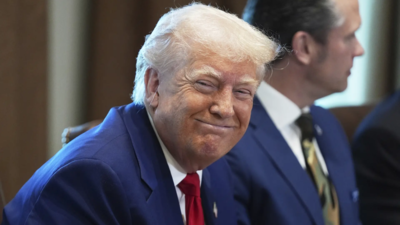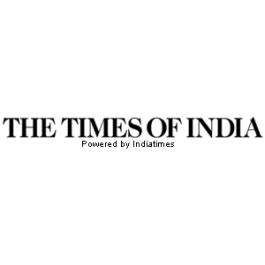ARTICLE AD BOX

In the first eight months of President Donald Trump’s second term, federal oversight of the Ivy League reached unprecedented levels. Across the country, eight of America’s most prestigious universities found themselves under intense scrutiny, with varying degrees of federal pressure that left some scrambling to negotiate settlements while others opted to fight in court.
The interventions were swift, high-stakes, and in some cases, historic, challenging the very autonomy of institutions that have long shaped American education and culture.
The settlements: Penn, Columbia, and Brown
Three institutions including, Columbia, the University of Pennsylvania, and Brown University, have already settled with the administration, restoring access to millions in frozen federal funds. Penn regained $175 million, Columbia over $400 million, and Brown $510 million, though the financial terms varied.
Columbia, for instance, agreed to pay $200 million to the federal government in exchange for the resumption of most of its funding, while Penn’s settlement required no direct payment.
Brown committed $50 million over a decade to state workforce programs. All three settlements included measures such as sharing admissions data, adopting new language regarding transgender athletes, and revising certain policies to align with federal directives.
Harvard Defiant Despite Trump Visa Ban, Vows To Protect Global Students | 'Illegal Retaliation'
Compliance and controversy
The Trump administration’s interventions were largely framed around compliance with executive orders and federal regulations, including Title IX and Title VI, as well as workplace and campus harassment concerns. Penn’s funding was initially cut in March over its handling of transgender women athletes on its swimming team, while Columbia and Brown faced scrutiny for antisemitism and diversity, equity, and inclusion initiatives.
In each case, the administration leveraged frozen funds as a tool to compel compliance.
Harvard takes the legal route
Harvard, by contrast, chose a confrontational approach. The university filed a lawsuit after the administration canceled more than $2.2 billion in federal funding, with additional cuts later imposed. Harvard rejected the government’s demands, which included reforming admissions, curtailing campus protests, and dismantling diversity initiatives.
A federal judge later ruled that the funding freeze was illegal, though the administration has vowed to appeal.
Harvard’s resistance has highlighted the growing tension between institutional autonomy and federal oversight.
Cornell and Princeton: In limbo
Cornell and Princeton occupy an uncertain middle ground. Both universities faced significant funding cuts, over $1 billion and $210 million, respectively, but have yet to settle or fully engage in litigation. Cornell is reportedly negotiating a settlement of roughly $100 million, while Princeton’s approach remains unclear, according to the Columbia Spectator.
The outliers: Dartmouth and Yale
Meanwhile, Dartmouth and Yale appear to have avoided the brunt of the Trump administration’s actions. Dartmouth, in particular, has maintained a low profile, abstaining from public letters condemning the administration and instead joining broader legal efforts through the Association of American Universities. Yale has also avoided direct funding cuts, though it remains under investigation for a 2024 antisemitism complaint.
Observers have noted that geography may have played a role: universities located in major urban centers with large medical centers, such as Columbia, Penn, and Harvard, were more vulnerable to federal pressure.
The broader implications
The Ivy League’s summer of settlements has raised broader questions about the future of higher education in the United States. As these historic institutions navigate federal demands, they confront the delicate balance between financial necessity, institutional independence, and the mission of academic excellence.
While some critics decry the settlements as capitulations, others recognize the enduring contributions of these universities to American society and global scholarship.
Looking ahead
As the Trump administration signals that further oversight may be forthcoming, the trajectory of the Ivy League, and perhaps higher education more broadly, remains uncertain. What is clear is that this period has tested the resilience of institutions that have long been pillars of learning, research, and cultural influence, compelling them to reconsider how they engage with federal authority in a rapidly shifting political landscape.

 1 week ago
3
1 week ago
3





